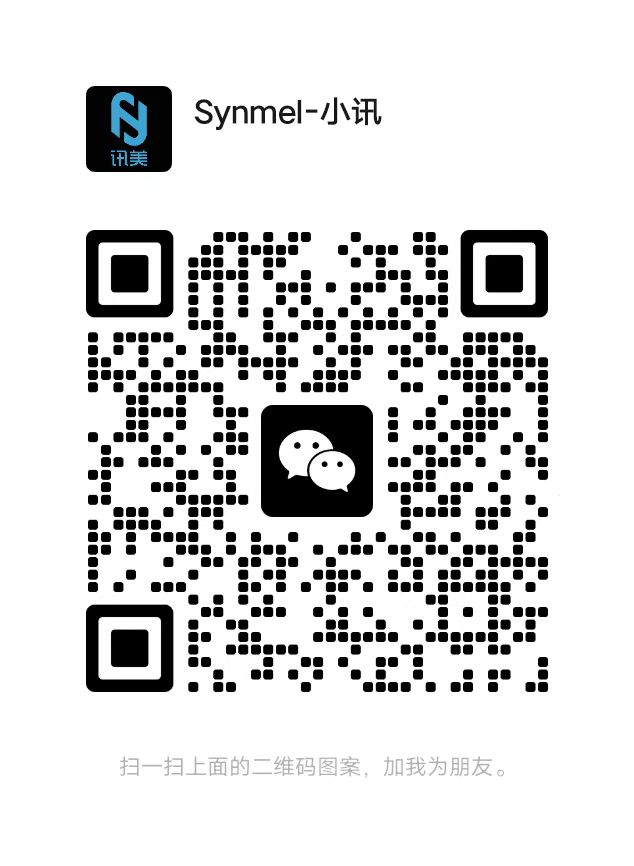- English
- Español
- Português
- русский
- Français
- 日本語
- Deutsch
- tiếng Việt
- Italiano
- Nederlands
- ภาษาไทย
- Polski
- 한국어
- Svenska
- magyar
- Malay
- বাংলা ভাষার
- Dansk
- Suomi
- हिन्दी
- Pilipino
- Türkçe
- Gaeilge
- العربية
- Indonesia
- Norsk
- تمل
- český
- ελληνικά
- український
- Javanese
- فارسی
- தமிழ்
- తెలుగు
- नेपाली
- Burmese
- български
- ລາວ
- Latine
- Қазақша
- Euskal
- Azərbaycan
- Slovenský jazyk
- Македонски
- Lietuvos
- Eesti Keel
- Română
- Slovenski
- मराठी
- Srpski језик
Principle of security soft label
The so-called acousto-magnetic is a resonance phenomenon generated by the principle of tuning forks. When the frequency of the transmitted signal (alternating magnetic field) is consistent with the oscillation frequency of the acousto-magnetic tag, the acousto-magnetic tag will cause resonance similar to the tuning fork and generate a resonance signal (alternating magnetic field); After the receiver detects 4-8 consecutive (adjustable) resonance signals (once every 1/50 second), the receiving system will issue an alarm.
Supermarket anti-theft equipment generally consists of inspection doors, decoder boards, electronic soft tags, hard tags, and hard tag unlockers. They are usually installed in obvious locations in supermarkets and can directly detect the effective anti-theft tags fixed on the goods and make them emit sound and light. Call the police. Supermarket goods generally have two types of supermarket anti-theft devices, one is a small magnetic strip, commonly known as "soft label", and the other is a pin-type magnetic device, commonly known as "hard label". They all use the principle of magnetic induction. Come to guard against theft, there is a magnetic sensor inside.
If the product has not been demagnetized and passes through the loss prevention door, an alarm will be issued. After the customer selects the goods and pays at the cashier, the cashier will demagnetize the goods with "soft label" and "hard label", if it is a "soft label", it will demagnetize the demagnetizer on the cashier counter, if it is " The "hard label" will use a special tool to separate the "hard label" from the product, so that the product purchased by the customer can be passed safely.
Supermarket anti-theft equipment generally consists of inspection doors, decoder boards, electronic soft tags, hard tags, and hard tag unlockers. They are usually installed in obvious locations in supermarkets and can directly detect the effective anti-theft tags fixed on the goods and make them emit sound and light. Call the police. Supermarket goods generally have two types of supermarket anti-theft devices, one is a small magnetic strip, commonly known as "soft label", and the other is a pin-type magnetic device, commonly known as "hard label". They all use the principle of magnetic induction. Come to guard against theft, there is a magnetic sensor inside.
If the product has not been demagnetized and passes through the loss prevention door, an alarm will be issued. After the customer selects the goods and pays at the cashier, the cashier will demagnetize the goods with "soft label" and "hard label", if it is a "soft label", it will demagnetize the demagnetizer on the cashier counter, if it is " The "hard label" will use a special tool to separate the "hard label" from the product, so that the product purchased by the customer can be passed safely.



